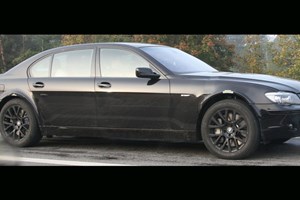
In these days of technology, consumers have the option of buying their car insurance policy online from various quality companies. Buying a policy online is not only convenient, but also comes with added benefits unfamiliar to many.
If you think about it, the internet is the perfect tool for buying auto insurance. You can buy your policy online right from the comfort of your home and when it comes to needing policy service, you can utilize the internet by logging onto your policy management page and making payments, filing claims, creating changes and more.
A few years back, consumers were unfortunate because they did not have internet privileges. Using the internet has opened up many new opportunities for consumers to conduct business online from their home which has led to saving time as well as money.
How to Buy Car Insurance Online
When it comes to car insurance you can buy online, you must first start by getting your rate quotes. When getting your online auto insurance quotes, you will need to have a few pieces of information available such as:
Driver information such as date of births, driving experience and violation or accident data.
Vehicle information such as year, make and model, number of cylinders etc.
Current policy information including effective and expiration dates. (This is required in order to get a prior insurance discount.)
Type of coverage desired including limits of liability and deductibles if requesting comprehensive and collision coverage, commonly referred to as “full coverage”.
Once you have gathered all the required information, visit http://www.OnlineAutoInsurance.com and begin comparing online auto insurance quotes from multiple quality companies such as Progressive, AIG and many more.
Once you choose your company based on price, brand, or any other factor, you have the option to buy your policy online.
OnlineAutoInsurance.com allows you to easily and instantly compare auto insurance rates from different companies by completing one simple form. Additionally, in most states, you can buy your auto insurance policy online and receive instant proof.















